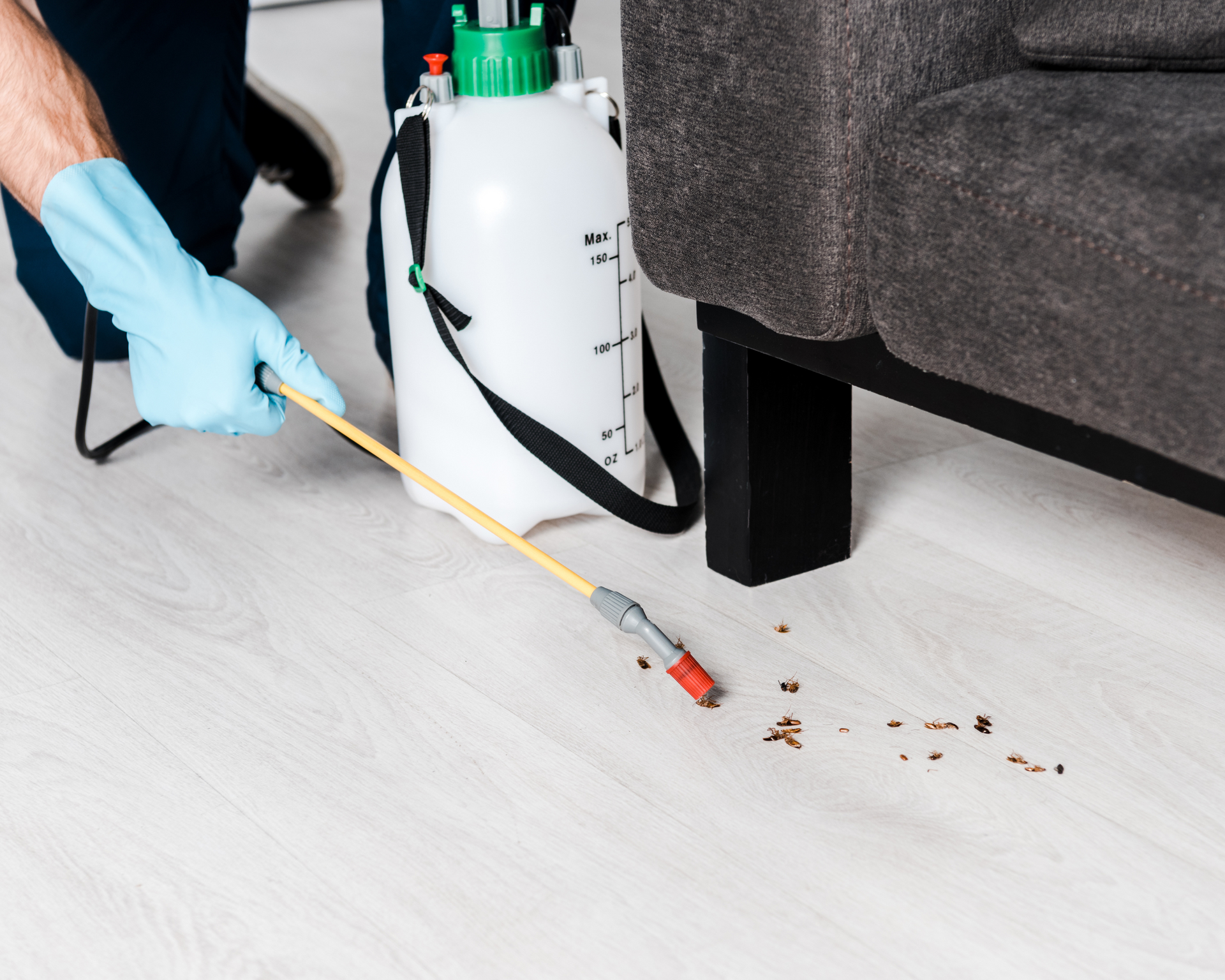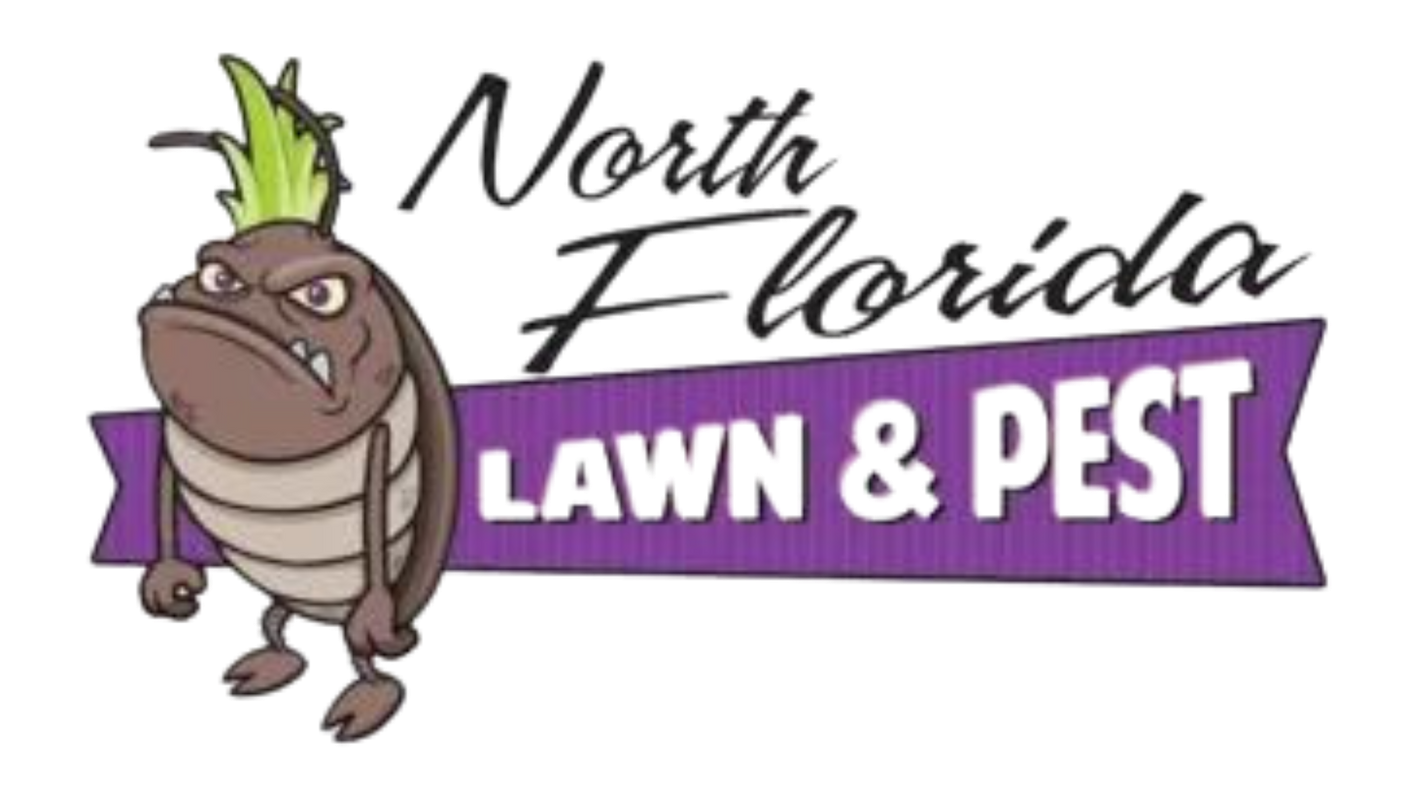What The Difference Between Carpenter Ants And Termites?
Carpenter Ants vs. Termites: What You Should Know
If you’re trying to distinguish between carpenter ants and termites, you’re not alone—many people mix up these two pests because they share a few similarities. However, there are key differences in their appearance, behavior, and how they damage structures. Understanding these distinctions is crucial for proper pest control. Let’s break down the main differences between carpenter ants and termites, so you can better identify what you’re dealing with. And if you’re ever unsure, reach out to a professional pest control company like St. Augustine Pest Control By NFLP to get expert help before an infestation gets out of hand.
Key Differences in Appearance: Carpenter Ants vs. Termites
While both carpenter ants and termites have six legs and can sometimes be mistaken for one another, there are a few telltale signs to help differentiate them:

- Body Shape and Waist: Carpenter ants have a noticeably narrow, segmented waist, giving them three distinct body parts. In contrast, termites have a more uniform, cylindrical body with no defined waist, resulting in just two body segments.
- Antennae: Look at the antennae for another clear distinction. Carpenter ants have elbowed antennae that bend outward before pointing forward. Termites, however, have straight antennae that resemble tiny beads, angling slightly downward.
- Wings (If Present): If the insect has wings, there’s an easy way to spot the difference. Carpenter ants have two wings on each side, with the front wings noticeably larger than the hind wings. Termites, on the other hand, have four wings of equal size, giving them a more uniform wing structure.
- Color: Carpenter ants tend to be darker in color, often black, brown, or even red, depending on the species. Termites typically range from translucent white to dark brown, with color variations often tied to their role within the colony (worker vs. reproductive termite).
While both pests can cause structural damage, understanding these key differences will help you identify which insect you’re dealing with and take the appropriate action.
Behavior Differences Between Carpenter Ants & Termites
Although both carpenter ants and termites are drawn to wood, their interaction with it is quite different, leading to varying degrees of damage. This distinction is essential for homeowners to understand, as it can help identify which pest you’re dealing with and the level of threat they pose.
How They Handle Wood
Termites actually consume the wood they inhabit, which is why they are often considered more destructive than carpenter ants. They can chew through support beams, floors, and ceilings, potentially causing severe structural damage. A common sign of termites is sagging floors or ceilings, often mistaken for water damage because termites weaken the wood from the inside out.
Carpenter ants, on the other hand, don't eat the wood. They excavate it to create tunnels for nesting, but their primary food source is found elsewhere, often in kitchens or pantries. While carpenter ants can cause damage by burrowing into wooden structures, it’s generally less severe than the destruction caused by termites.
Detection and Movement
Carpenter ants are more likely to be noticed as they venture away from their nests to find food, often leaving behind small piles of wood shavings or excrement, called frass. This frass is a key indicator of an ant infestation. Termites, however, tend to stay hidden in their nests, which makes them harder to detect. Since termites feed constantly and live within the wood, infestations can go unnoticed for long periods, allowing them to cause significant damage before discovery.

How to Identify an Infestation
If you're unsure whether you're dealing with carpenter ants or termites, there are a few key signs to look out for:
- Sawdust and Frass: Carpenter ants leave behind frass, which looks like fine sawdust, as they burrow into the wood. This is often found near their nest’s exit points. Termites, however, consume the wood entirely and leave no such traces.
- Mud Tunnels: Termites build mud tunnels as they travel between their nest and food sources. These protective tunnels can sometimes be seen on the foundation of your home, indicating that termites are actively searching for wood.
- Wood Damage: Carpenter ants create tunnels and chambers inside the wood but do not consume it, leaving behind hollowed-out galleries. Termites, on the other hand, eat wood completely, making the damage more extensive and noticeable once discovered.
Why You Should Seek Professional Help
Both carpenter ants and termites can lead to significant issues in your home, but termites, in particular, can cause devastating damage if left untreated. They are known to cause major delays in construction projects due to the extensive repairs needed. Carpenter ants, while less harmful structurally, can still become a nuisance if their colony grows large enough, and they may even pose health risks to your family.
If you’re dealing with either of these pests, it’s best to act quickly. St. Augustine Pest Control By NFLP offers expert services to handle both termites and carpenter ants, ensuring your home stays safe and pest-free. Don’t wait until the damage is done—Contact us today!
Additional Pest Control Articles You Might Find Helpful
- Does Construction Increase Pest Activity?
- Why Is There a Sudden Appearance of Large Flies In My Home?
- What The Difference Between Carpenter Ants And Termites?
- What Are The Best Solutions For Deterring Ants?
Copyright © 2024 - St Augustine Pest Control by NFLP All Rights Reserved

